Take the road to visit the Côte Vermeille! Between the mountains and the Mediterranean, discover the must-see places of this magnificent cornice!
From Perpignan to the Spanish border, visiting the Côte Vermeille is a succession of natural treasures and typical villages. Between Pyrenean mountains and the Mediterranean Sea, a landscape of coves and vineyards is drawn over twenty kilometers. Formerly known as Côte du Roussillon, the Côte Vermeille owes its name to the reflections that the shale rock takes to the upsides and sunsets. Here, no large sandy beaches, but cut cliffs, sheltering small years of pebble or sand. A succession of caps offering dazzling panoramas and character villages, this is what awaits you. Collioure, Banyuls, Port-Vendres are among the places to be visited on the Côte Vermeille.
Need information to prepare your stay? Wanderlix has identified for you 10 essential things to see and do on the Côte Vermeille!
1. Collioure
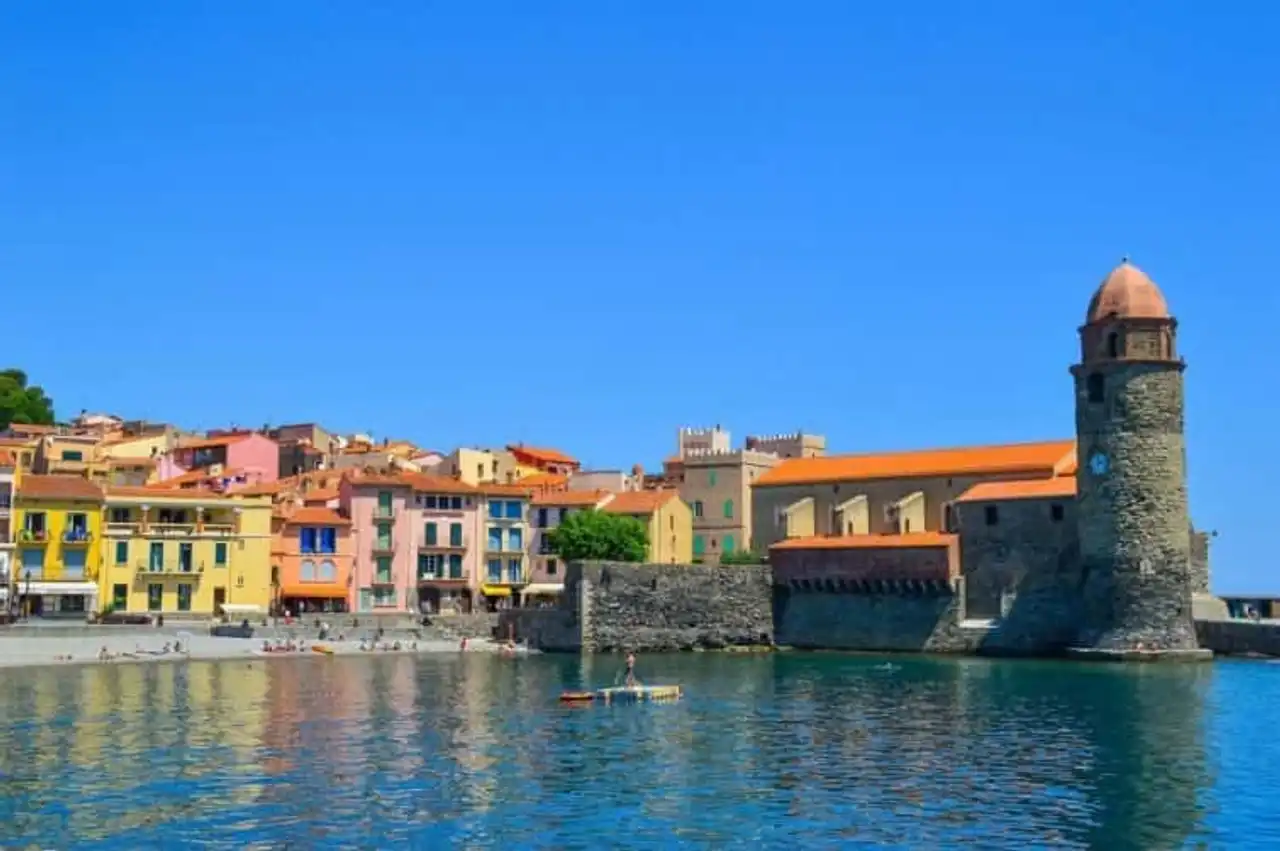
Photo credit: Shutterstock – Sophie Lenoir
Visit the Côte Vermeille and its beautiful landscapes, what more inspiring? Just like the painter Matisse In 1905, let yourself be seduced by the light of Collioure!
At 25km south of Perpignan, the one called the “Jewel of the Vermeille Coast” is the village not to be missed under any pretext! Fauvism in painting, Collioure has been able to make art a major tourist attraction. The Museum of Modern Art and the many galleries testify.
Several thematic tours are also offered by the Maison du fauvisme. You can therefore go to discover the art and history of the city. Other places of interest include the church bell tower of Notre-Dame-des-Anges, a royal castle, the colourful houses of the Mouré district or the charming port.
2. Fort Saint-Elme
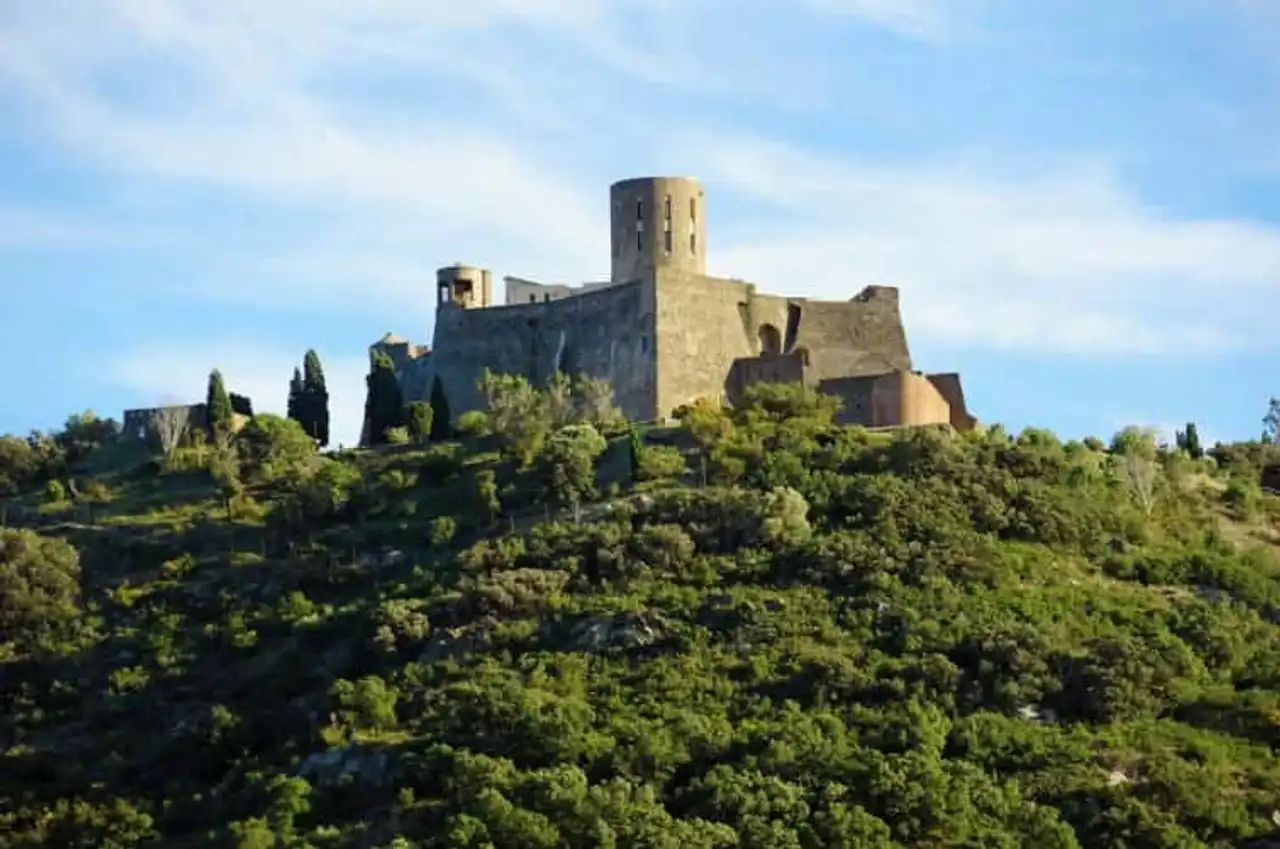
Photo credit: Shutterstock – Damsea
At 30 min walk from Collioure, Fort Saint-Elme offers an incredible view of the village, the sea, the mountains and the plain of Roussillon. This fort was built in the 16th century by Charles Quint, in order to protect the capital of the region and lock the road Barcelona . Redesigned in the 17th century by Vauban, the military building is worth visiting for its view as well as for its architecture.
Built in the form of a star, its killers, its sleepers and other traps make it an unbeatable fortress. To access it, you can walk by the Moulin, take the small tourist train or opt for the car, by Port-Vendres.
3. A boat ride
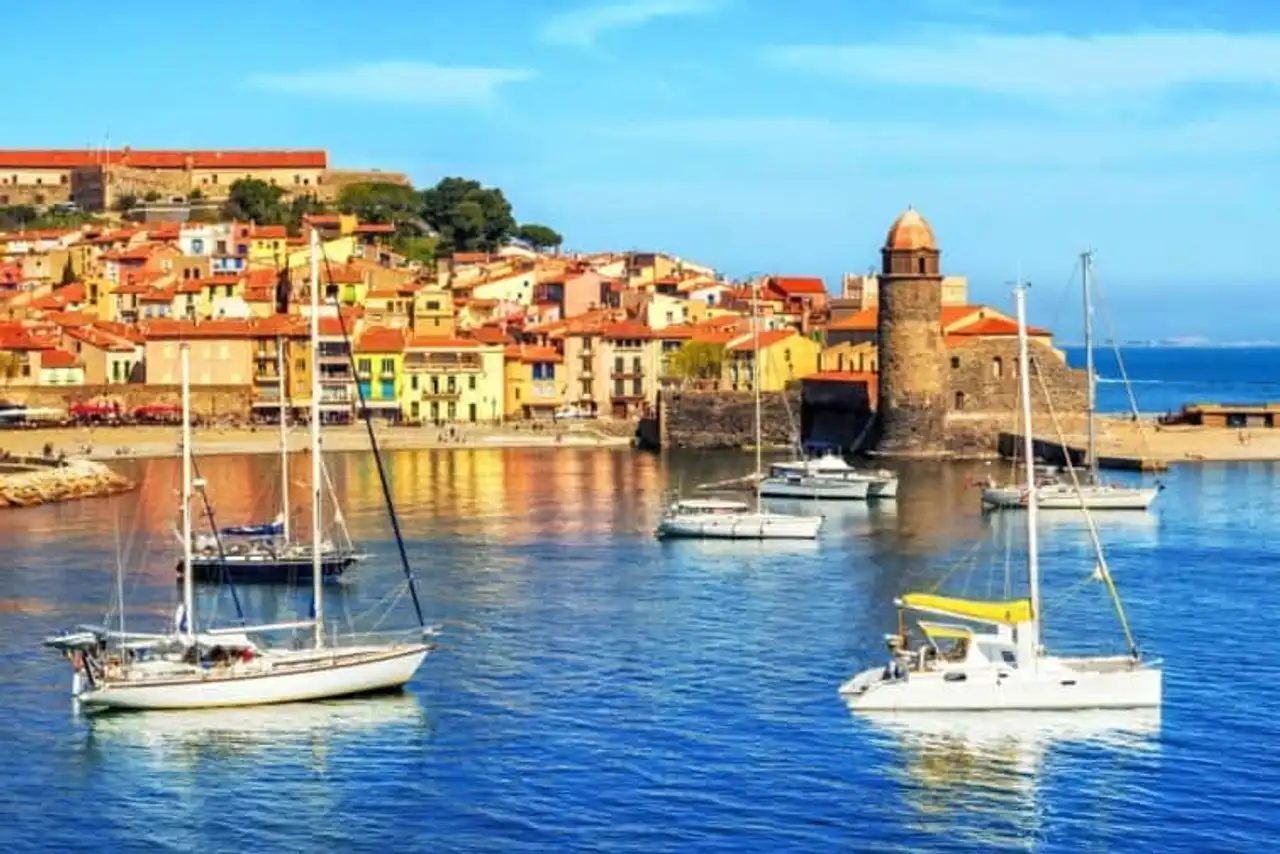
Photo credit: Shutterstock – Boris Stroujko
During your holiday in the heart of the Vermeille coast, it is a must to be missed under any pretext: the boat ride! Indeed, at the departure of Collioures, Cerbère or other Banyuls-sur-Mer, the boat rental on the coast Vermeille will offer you an ocean of opportunity.
You can take advantage of it to walk along the rocky Mediterranean edges, and be able to discover breathtaking snorkeling spots: a blue dream.
4. Cellier des Dominicains
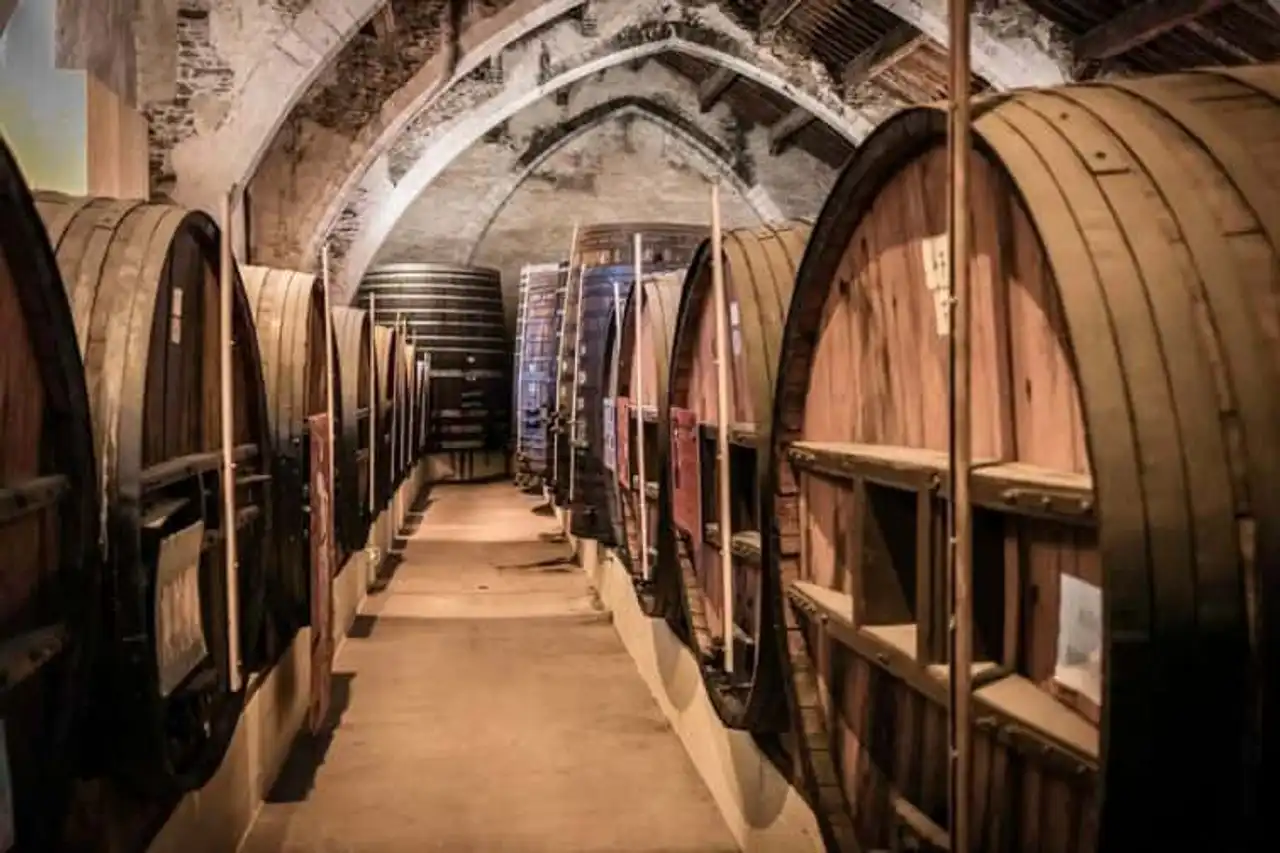
Photo credit: Facebook – L’Imagière
This wine cooperative was created in 1926 in an ancient church of the Dominican convent. The latter is a true historic monument of the 13th century, which has experienced its peak during the reign of Jacques II of Majorca in the middle of the 15th century.
The interest of the visit lies not only in the tasting of the famous Banyuls – the famous sweet wine of the region – but also for the guided tour of the cellar, available on weekdays.
5. Route of the cornice
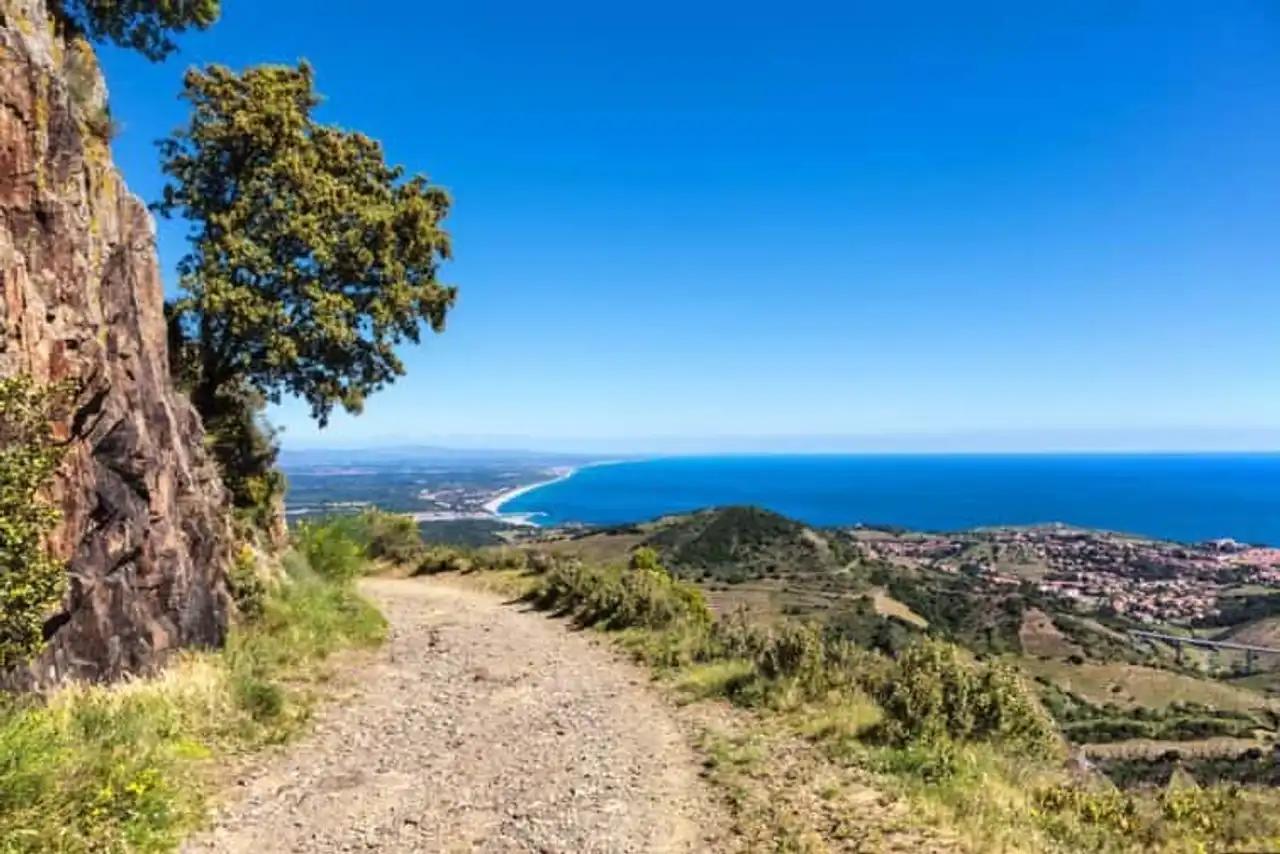
Photo credit: Shutterstock – AWP76
What better to visit the Côte Vermeille than to roll open windows on its cornice that overlooks the sea, from Collioure to Cerbère? Crickets and beaches below, vineyards and mountain landscapes: here you are on the D86 departmental road. On about 23km, each turn is an opportunity to discover a breathtaking panorama.
Cape Rédéris thus offers a magnificent view of the Corbières at the Costa Brava, in Spain . On the way, stop to observe protected plants, such as the Pyrenees’ eyelet, the Roussillon armory or the polycarpon Catalonia .
6. Port-Vendres
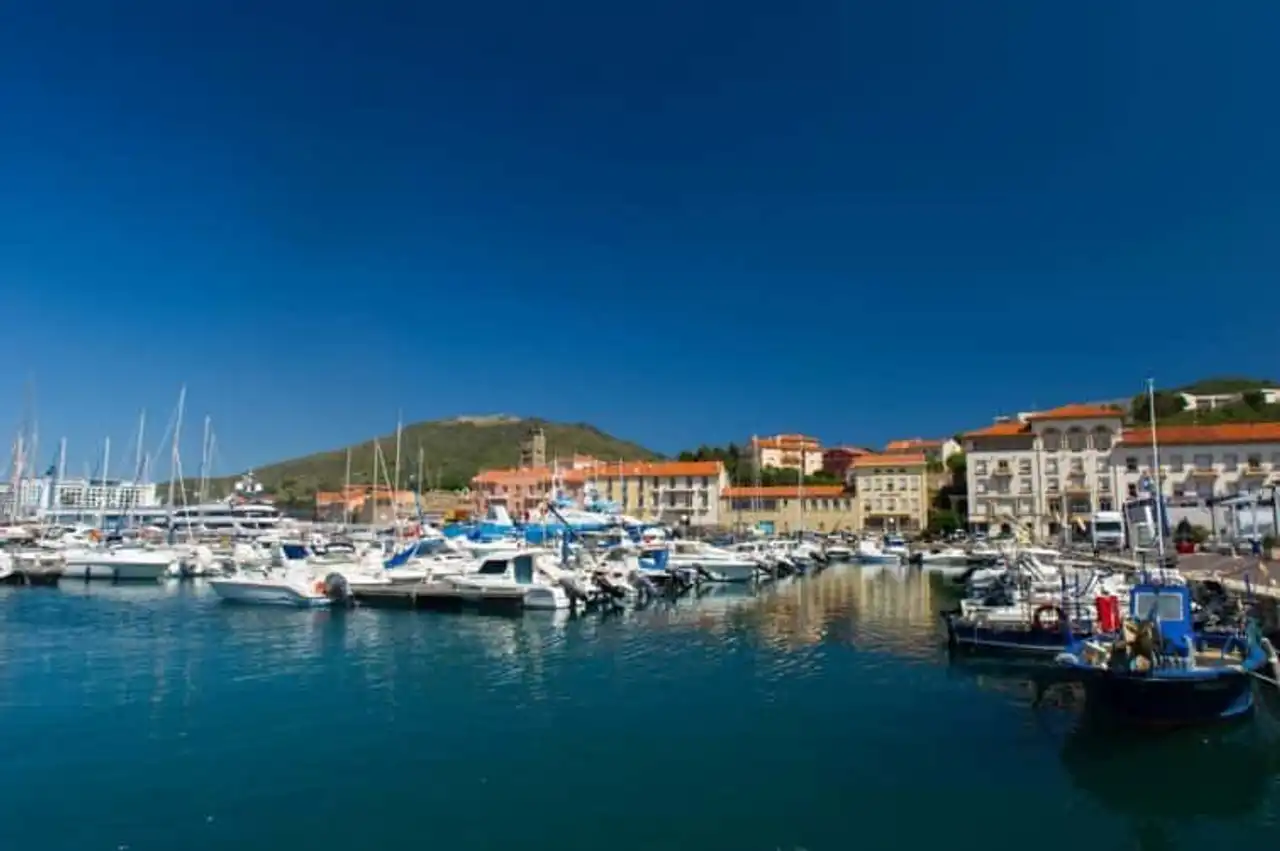
Photo credit: Shutterstock – Ivonne Wierink
Typically Catalan small town, Port-Vendres is both a marina, a fishing port and a tourist resort. Among the points of interest of the "Cité de Vénus", the road that climbs from the port to Cape Bear leads you to an amazing red and white metal lighthouse.
On foot, the trail or the road are marked from the city of Port-Vendres and it takes 2 to 3 hours to go back. The view from above covers the Côte Vermeille to Spain. In Port-Vendres, it is pleasant to walk on the docks and in the quiet streets. Don’t forget to enter its Spanish-style church.
7. Site of Paulilles
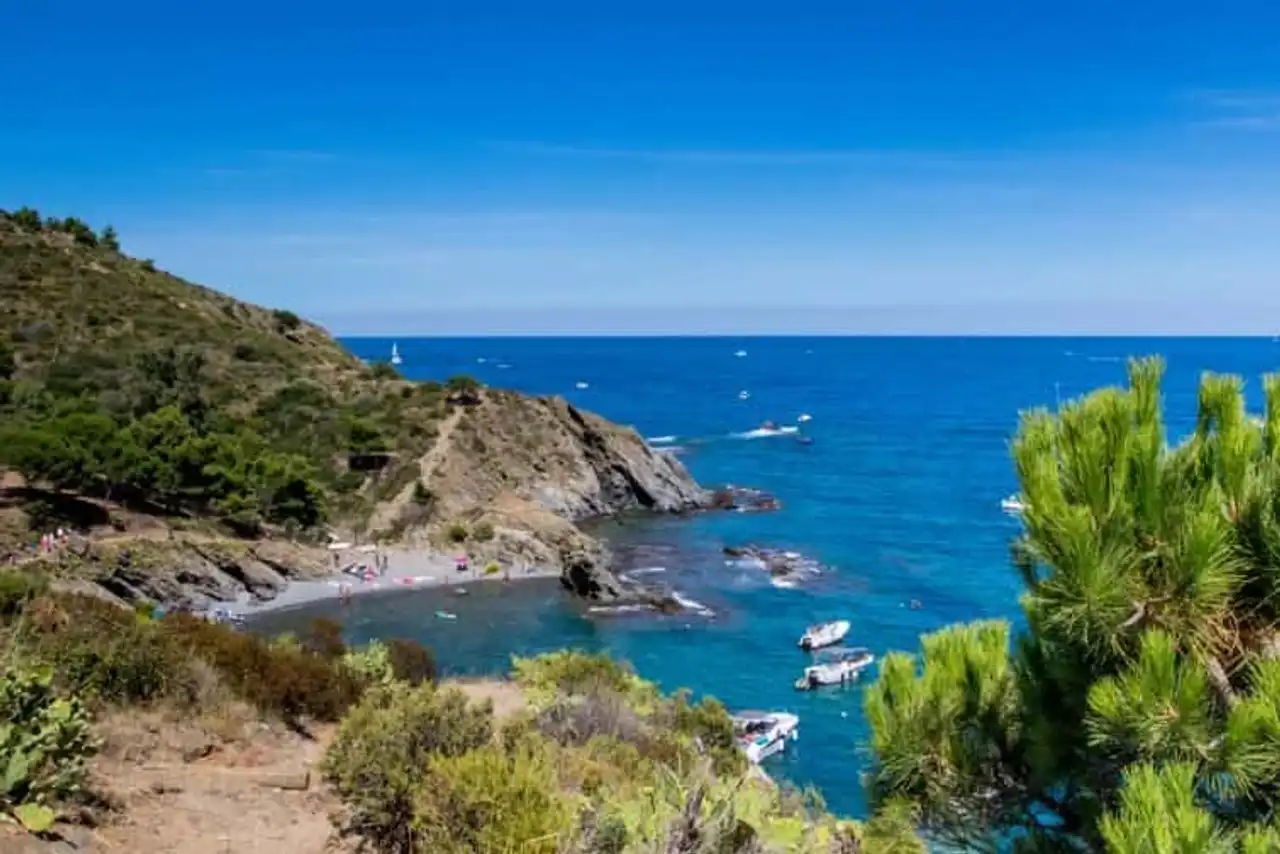
Photo credit: Shutterstock – Julien TESSORE
This classified site, located 3km from Port-Vendres, combines natural beauty and industrial heritage. Between Cape Bear and Cape Oullestreil, beautiful beaches are waiting for you at the Anse de Paulilles, to keep you busy. At the foot of the massif of the Albères, you can also initiate yourself to the secrets of the manufacture of the Catalan boats.
The Atelier des Barques is located in one of the buildings of the old dynamite plant. Built in 1870, the latter used up to 300 workers to manufacture thousands of tons of dynamite. Today, seven buildings are open to the public and a museum allows us to trace the daily life of the site that has become a real village.
8. Banyuls-sur-Mer

Photo credit: Shutterstock – bensliman hassan
The painter's birthplace, engraver and sculptor Aristide Maillol , this seaside resort has a nice marina, an old neighborhood with colorful houses and lots of activities to discover with family. Obviously, this is also the place where to taste the famous wine of Banyuls! In restaurants and local wineries, this natural sweet wine is appreciated with foie gras, cheese or dessert.
Amateurs of culture and art, you asked yourself what to do on the Vermeille Coast? Take advantage of your visit to Banyuls to visit the metairia of Maillol and admire the works of the artist. As a family, go to the Biodiversarium! Both aquarium and Mediterranean garden, the place allows you to discover the Marine Nature Reserve of Cerbère-Banyuls.
9. Sorède
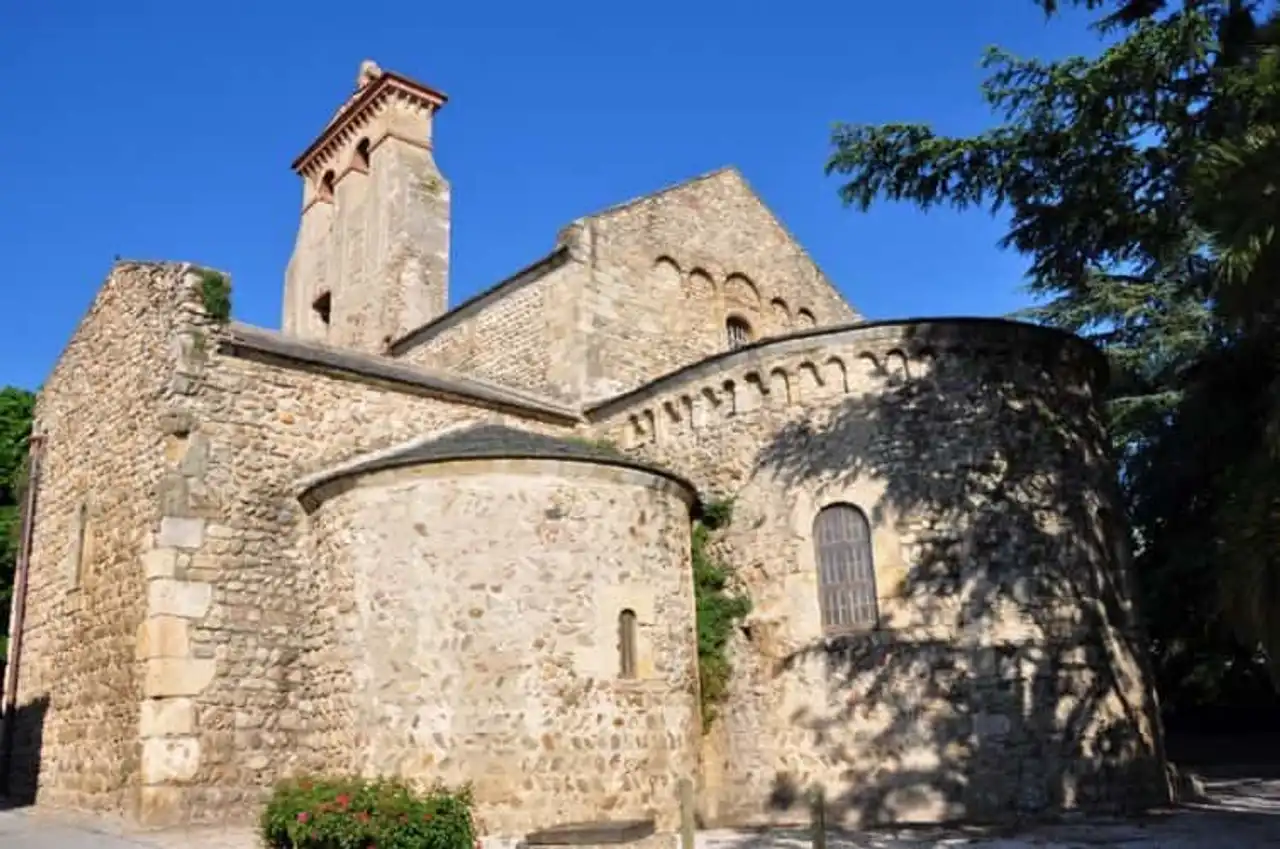
Photo credit: Shutterstock – goumi
The tourist interest of the village of Sorède lies above all in its ancestral manufacturing tradition of the manufacture of ties and whips for equestrian practice.
This is at ESAT The Micocouliers you can visit the last craft workshop. What's wrong? This is simply the tree from which the material used to make the parts comes. If you pass through Sorède with children, stop at the Tortues Valley, a zoo dedicated to this animal.
10. Cerbère
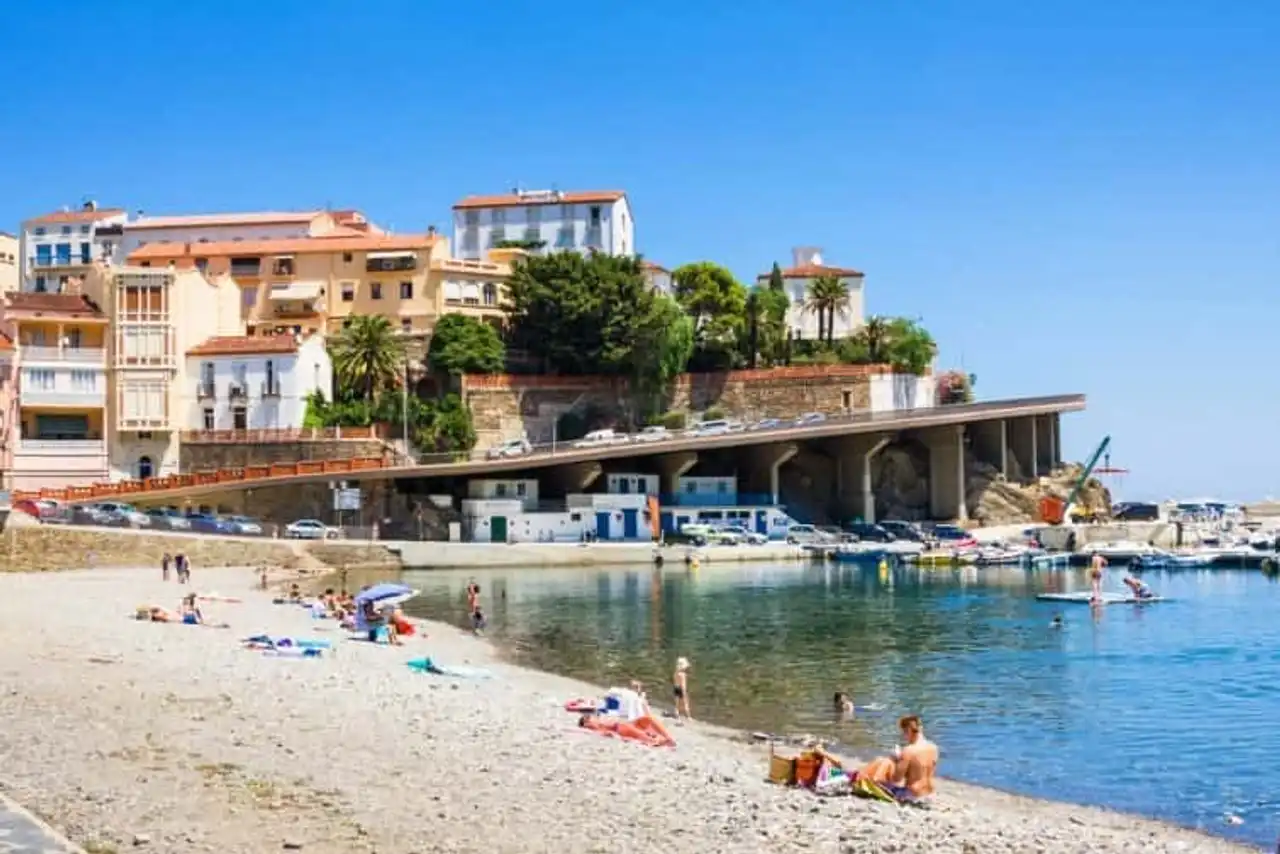
Photo credit: Shutterstock – Irina Papoyan
Situated in a small year, Cerbère is the last city before the Spanish border. Between sea and mountain, it is nice to walk on its small pebble beach, its port and its streets. Curiosity, its imposing station is partly the work of Gustave Eiffel.
For a beautiful view, go to the solar lighthouse of the Cape Cerbère. From there you will see Cape Creus and the landscapes of the Costa Brava. If you like diving, Cerbère is a must. The 650-hectare natural marine reserve extends from Banyuls to Cerbère, but here we find the best diving centers.
Not far from there, near the beach of Pierrefitte, a submarine trail was created. It allows to observe in snorkeling five different ecosystems, 1,200 animal species and 500 plant types. The site is open in July and August.
How to get to the Vermeille Coast?
Several options are available to you to reach the Côte Vermeille.
By train
The nearest TGV station is Perpignan, the prefecture of the Pyrenees-Orientales department. From there you can rent a vehicle or take a TER to Collioure, Port-Vendres, Banyuls or Cerbère, depending on your starting point to visit the Côte Vermeille.
By plane
L’ Perpignan airport is closest to your place of stay. Air France and Volotea companies serve the destination from Paris , Lille and Nantes . When you arrive on site, you can rent a vehicle to navigate the coast. For the plane and car rental, do not hesitate to visit an online comparison such as Skyscanner You will see different options depending on your stay dates.
By bus
Many buses from the Occitanie Region circulate around Perpignan and along the coastline. You can borrow it line 540 from Perpignan bus station to Collioure en 30min about.
By car
Are you vehiculated? The beginning of the Côte Vermeille is 25km from Perpignan by the D 914.
On site
The best of course is to have rented a vehicle or to have its own to be free to stop in front of any landscape at the right time. However, in the summer season, buses travel across the coast very regularly.
You can ride aboard and go down to the next village. A nice ride is taking the tourist train. A line allows you to travel the coast from Collioure to Port-Vendres, another leads you to the discovery of Banyuls-sur-Mer. She takes her departure on the seafront, facing the city hall.
Where to stay on the Côte Vermeille?
Each previously mentioned city has its strengths and allows to visit the Côte Vermeille easily. Collioure is certainly the most charming, but it is also the most popular. In high season, hotels and guest rooms can quickly come back quite expensive.
Port-Vendres is located only 10 minutes away and has a good offer of tourist accommodation. The wine enthusiasts will opt for Banyuls-sur-Mer or Collioure to taste without taking the wheel. The seaside resorts Argelès-sur-Mer Cerbère or Saint-Cyprien are also other housing opportunities in the region.
Finally, Perpignan is a practical alternative to stalk other areas of Languedoc-Roussillon. Prices vary according to season and type of accommodation: hotels, guest rooms, Airbnb , tourist rentals. The best thing is to get to one Compare hotels online to make your choice.
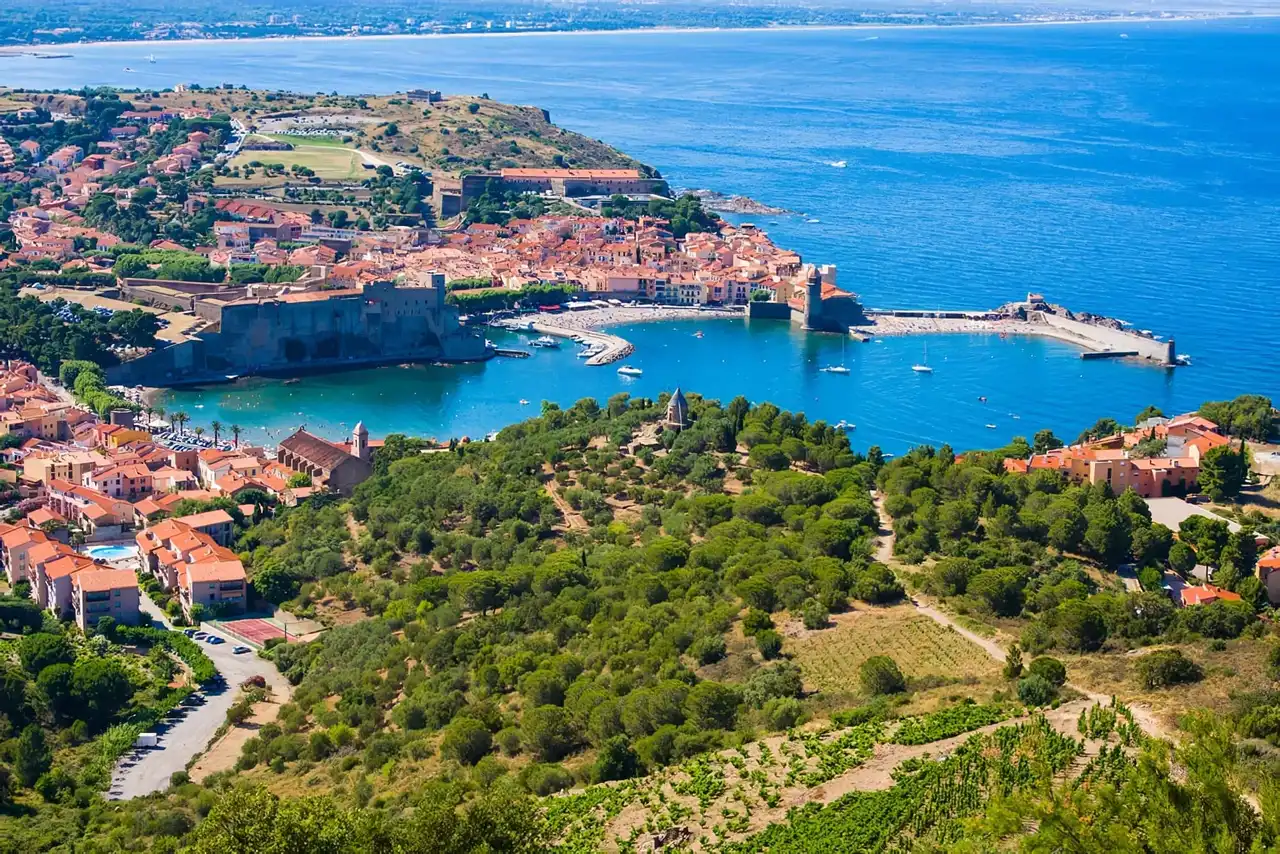




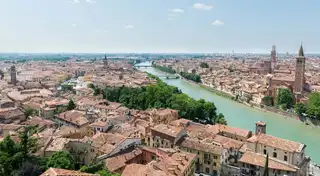


Loading comments ...